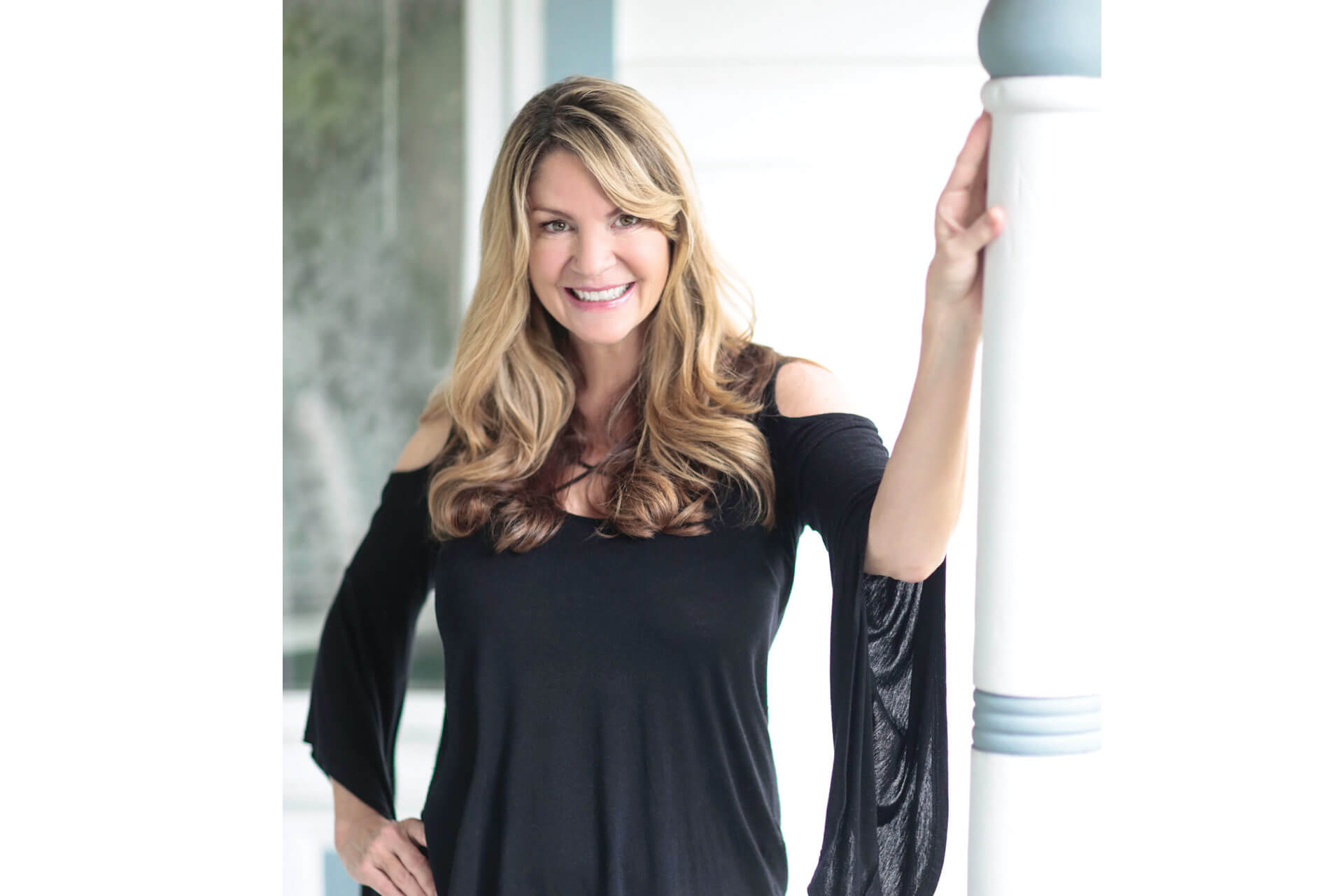Can Bad Girls Be Good?

Every once in a while, you walk into a bookstore (take that Amazon!) and you just pick a book off the shelf that captures your attention. In my case it was “The Dud Avocado” by Elaine Dundy.
Her hilarious, flawed, endearing heroine, Sally Jay Gorce, is the 21-year-old American girl in Paris who is “hellbent on living.” When we meet her, she has an Italian lover and a thrill for adventure and is caught in the daytime in her evening dress because everything else is in the laundry. But there’s the thing: this was written by Dundy in the 1950s. It has been in and out of print, but a 2007 reissuing exposed it to a whole new audience.
Having grown up on a steady diet of Jo March in “Little Women” and Elizabeth Bennet in “Pride and Prejudice,” I learned that heroines could be strong and principled but morally conforming. If you were a “bad girl,” unless you ate breakfast at Tiffany’s, things never ended well. You ended up losing Rhett Butler and only shopping at Pottery Barn for curtain dresses, or having to go to Starbucks wearing a scarlet A, or passing up the Jitney to jump in front of the LIRR when your lover discards you. And you definitely had a fear of flying.
So, what of the heroine who is complex, both good and bad, finding her own moral universe because in life, that’s how it happens? Why wasn’t this book on my high school summer reading list? As a literature lover growing up, I would have been thrilled to pass over “Huckleberry Finn” and “Lord of the Flies” for “The Dud Avocado,” but I am sure any Connecticut high school would probably have banned the book.
When it was originally published in 1958, “The Dud Avocado” was a huge hit with readers and critics. The adventures of Sally Jay and her unique voice captured the imagination. Even Ernest Hemingway sent a note of admiration to Dundy and Groucho Marx wrote, “It made me laugh, scream, and guffaw (which incidentally, is a great name for a law firm).” Perhaps the reason the character was so real was because she reflected Dundy’s own unconventional life experiences — she did have a stint as an actress in Paris and actually got released from a police station because her French accent was so good.
It is interesting to me that Sally Jay Gorce was a contemporary of Holden Caulfield and yet “The Catcher in the Rye” (published in 1951) is the seminal coming-of-age story taught in every high school English class, while “The Dud Avocado” is relegated to underground cult status. Yet the themes of innocence, identity, belonging, loss, and connection are there for both characters.
It’s a clear double standard in the coming-of-age story that people are fine with male hijinks but uncomfortable with girls becoming women. That they make mistakes and learn hard lessons on judging character. That they are wonderous creatures who need experiences to know which men and situations to avoid. To learn to listen to their intuition and follow their own moral compass so that the wrong man cannot take advantage of them because there’s not always someone there to protect them.
I am saddened that Elaine Dundy passed away in 2008, because I would have loved to have had the chance to invite her for a martini at the American Hotel. As a writer, I would thank her for creating a character who led an adventurous and sexy life without meeting with ruin or penitence or a spirit broken by conformity. Who was a keen observer of human nature, and laugh-out-loud funny, and willing to take risks to live life to its fullest. Who defied the standards of the 1950s and paved the way for all the Bridget Joneses and Carrie Bradshaws who came after her. Who would not be shamed. To prove that indeed “bad girls” can be very good.
kissandtellhb@gmail.com



